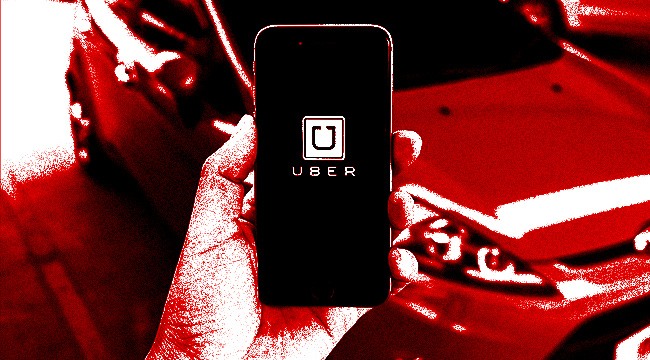
Effective yesterday, Uber no longer has a CEO. Travis Kalanick, the company’s founder, joins employees fired over sexual harassment, the COO, the head of the company’s internal PR team, the company president, the director of the board, the CFO, a key engineer in the company’s self-driving car program, and legions of others in the company’s most recent cuts. Uber is, effectively, a company with nobody at the very top running things. So what’s next?
First, we should establish that Uber is bruised, battered, and unhappy, but not dead. Part of that is despite all the drama, Uber isn’t listed on any stock market, so investors can’t take out their displeasure with the company’s string of disasters on its stock price. Instead, Uber is only accountable to the venture capitalists and Silicon Valley bigwigs who backed it, and they’re unlikely to just eat a multi-million loss. So Uber’s risk of becoming a marketplace Old Yeller, at least in the immediate future, is low.
At the same time, though, Uber was forced to admit in public that it loses a fortune. In 2016, the only year it provided data for, it collected $20 billion in revenue, but by the time all was said and done, it’d lost $2.8 billion. Uber points out its sales growth outgrew its losses, but that argument only goes so far when you’re the one seeing your investment go into the furnace.
Similarly, the company is going to have to go through a lot of changes. Eric Holder’s investigation into the company’s cultural problems led to a fairly damning set of recommendations that more or less stated that Uber was going to have to completely rebuild itself. It recommended Kalanick’s role be limited, that new executives be hired with the goal of fixing the company, and that more accountability be built into the company itself, right down to finally allowing tipping.
However, Uber faces two problems. The first is that it can’t quite be rid of Travis Kalanick. Uber was launched with a “founder-friendly” structure that essentially gives almost complete control of running the company to those who originally launched it. Kalanick, former CEO Ryan Graves, and Uber co-founder Garret Camp effectively control the entire company as each share of their stock has ten votes behind it compared to the one, or none, other investors in the company hold. And while Kalanick is no longer CEO, he’s still on the board. Uber can hire all the well-meaning executives it wants; if Kalanick decides he doesn’t like what they’re doing, they’ll be cut off at the knees. Therein lies the real risk to Uber — Kalanick has gotten in plenty of trouble for his personal behavior over the last few months and it’s not yet clear he’s fully grasped that he’s part of the problem.
The second problem is that the company’s primary growth lies with UberPool, its carpooling service. Much like Amazon has turned out to be a web services company that has a hobby selling you books, Uber’s main source of financial expansion has been not as a taxi company but as, effectively, more expensive public transit. The effect that might have has yet to be figured out, but competing with local and often corrupt taxi companies is a different beast from competing with public transit infrastructure. Taxi companies are private companies, but your city bus is likely paid for with tax dollars, so Uber’s most rapidly growing product is literally competing with “companies” that don’t usually have to make a profit.
Uber won’t be gone tomorrow. But the challenges it faces, within and without, make it an open question as to whether it will last.
